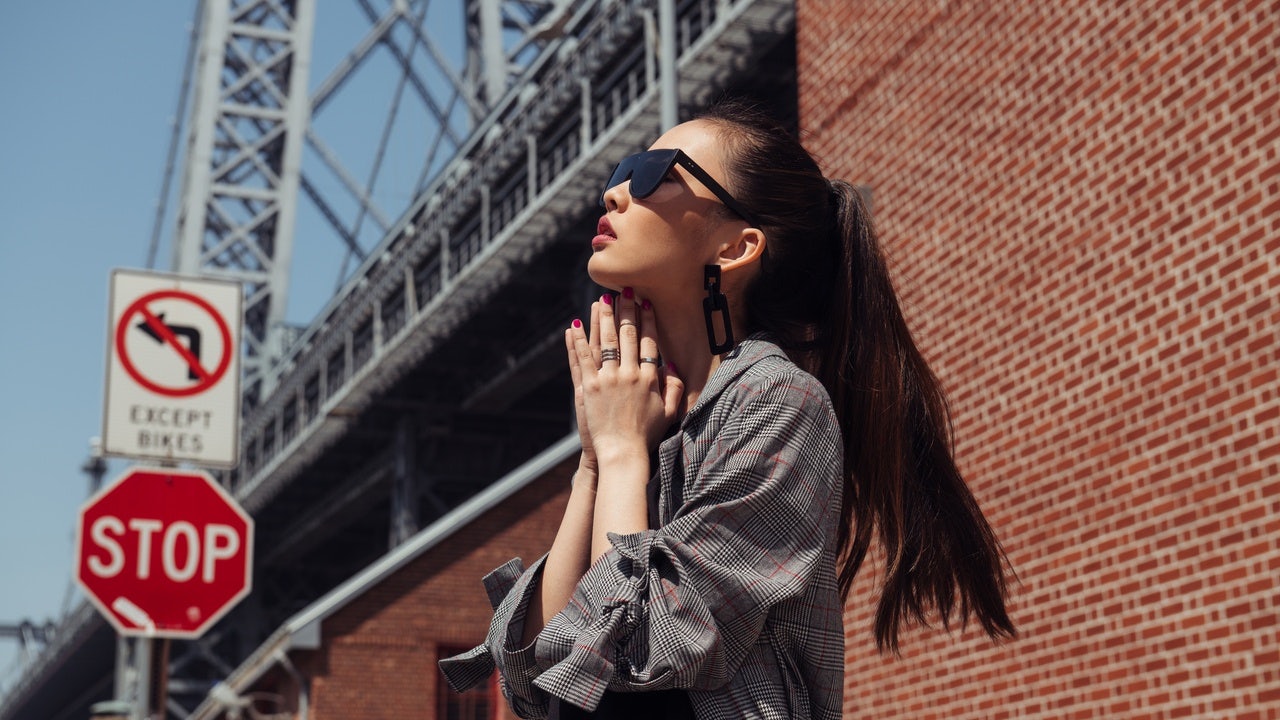Key Takeaways#
:
- According to the global management consulting firm McKinsey & Company, the post-’90s demographic already spends 3,805 (25,000 RMB) a year on luxury goods — the same level as their parents.
- Only 13 percent of millennial and Gen-Z luxury buyers were raised in a family that enjoyed luxurious indulgences, and 50 percent of Generation Z and 31 percent of millennials made their first luxury purchases in 2018.
- Younger Chinese shoppers don’t see luxury as a treat; they see it as a “necessity.”
Generation Z is likely to become one of the most important global engines for luxury consumption. Post-’90s consumers are socially savvy urbanites who grew up in a privileged world. They witnessed China’s rise to a global economic superpower and grew up in households where their parents enjoyed formidable purchasing power. As such, they are carefree, optimistic, and spoiled by promising opportunities. The product of China’s rising middle-class, these first-time, teenage luxury buyers represent a golden ticket for luxury brands.
Growing up in households without siblings, Gen Zers’ parents fully supported them, which gave them the confidence to spend their family’s money on luxury splurges. According to research by McKinsey & Company, two-thirds of Chinese Gen Zers surveyed receive parental financial assistance for luxury acquisitions. And upper-middle-class Chinese families supplement their children's bank accounts by at least 610 (4,000 RMB) per month. Unsurprisingly, this post-’90s demographic spends 3,805 (25,000 RMB) a year on luxury goods — a figure that corresponds to the luxury expenditures of their parents: the post-'65s/'70s generation.
McKinsey & Co. highlights how, as new luxury consumers, these Chinese youngsters “have a less nuanced understanding of the heritage upon which the market traditionally trades.” In fact, only 13 percent of millennial and Gen-Z luxury buyers were raised in a family that enjoyed luxurious indulgences, and 50 percent of Gen Zers and 31 percent of millennials made their first luxury purchase in 2018.
McKinsey also points out that this young luxury consumer group comes from the ranks of the “almost rich” middle-class. “There is the emergence in China of a very strong upper class or upper-middle class," said Jean-Paul Agon, the chairman and CEO of the cosmetics group L'Oréal, in a call with analysts. But if we compare China’s newly affluent middle-class to its Western counterpart, we see that the former takes a new approach to luxury buying. While the West differentiates itself through a certain level of self-restraint, due to ongoing economic uncertainty, the same class of shoppers in China see luxury as a “necessity.”
“Luxury items became a necessity in PRC because of the social rejection of Chinese new wealth in the political system and socialist market economy,” says The European Business Review. “Entrepreneurs in the private sector have no voice in the political system, and thus cannot gain formal social acceptance from the societal system. This situation creates social rejection which further increases and stimulates their desire for money and luxury consumption.”
The phenomenon of rejection and suppression is even more evident in lower-tier cities because smaller urban settlements continue to safeguard ancient values, social traditions, and moral norms. In these areas, socioeconomic classes and meritocratic values enhance the divisions between individuals. Consequently, public displays of luxury have symbolic power and show status or a certain level of achievement.
Meanwhile, urbanization and per capita GDP growth is also affecting the consumption upgrade trend. As disposable household incomes among lower-tier urbanites continue to climb, wealthier individuals are becoming more sophisticated and gain purchasing power. According to a 2019 Deloitte-SECOO CIIE blue paper, “third-tier and lower-tier cities swept the top-10 rankings in annual purchase frequency, the percentage of customers with repeat purchases, and the percentage of customers with three purchases.”
The blue paper also explains how lower-tier cities have three different breeds of luxury consumers: smart youths, trendy ladies, and business professionals. Each group has different consumption characteristics and preferences, while unique factors motivate each segment and influence behaviors.
For example, smart youths place a noticeably higher level of importance on aesthetics. Therefore, artistic presentation, color intensity, and packaging play a bigger role for them. This information is hardly surprising, though, if we consider that 85 percent of consumers buy products based on color. For an audience of trendy ladies, the emphasis falls on the benefits or results that come from using certain products. And finally, the focal points for business professionals continue to be the overall customer experience as well as the shopping environment.
As you can see, first-time luxury buyers are exercising a high level of influence over the luxury market. From forcing brands like Prada and Louis Vuitton to open stores in lower-tier cities to encouraging traditional luxury automakers like Porsche and BMW to collaborate with streetwear labels, these new luxury consumers have transformed the industry by making it more diverse and democratic.

